In his role as JCB's industrial design chief, Ben Watson has created a diverse range of machinery, from diggers and tractors to forklifts and dumpsters.
But the new JCB Digatron was developed to take on perhaps the toughest task any of the firm’s vehicles has yet faced: racing a giant shark. “I’ve never designed anything like this before,” says Watson, glancing up at the Digatron’s large, snarling face. “It has been quite an experience.”
Welcome to the bizarre but fascinating world of Monster Jam, the planet’s biggest monster truck competition. And cast aside your preconceptions, because beneath their cartoonish exteriors, monster trucks are absolutely incredible feats of engineering.
There is more than a hint of 1980s pro wrestling excess about Monster Jam, from the brash and oh-so-American event presentation to the larger-than-life excess of trucks styled after everything from sharks and superheroes to zombies and, er, unicorns.
And now, of course, British heavy-duty industrial equipment.

But the comparisons with pro wrestling only go so far: Monster Jam may be ‘sports entertainment’ in presentation, but it’s a proper contest that the team running it takes very seriously. Monster trucks are, just like Formula 1 racers, pure-bred competition machines.
In fact, Monster Jam’s trucks have to conquer a far broader range of challenges than the grand prix cars raced by Lewis Hamilton and friends. Those don’t race on courses that feature big dirt jumps or spend extended periods running on two wheels – and they absolutely aren’t regularly backflipped.
Monster Jam events require all of those skills. Each meeting will typically feature eight trucks, taking part in three events inside a huge stadium. The first is a head-to-head race, run in a series of knockout heats.
There’s a two-wheel skills contest, in which drivers have 20 seconds to show off their best trick. Finally there’s a freestyle event, with each driver getting 90 seconds and free use of the arena floor to pull off as many big stunts as they can.
Monster Jam is run by Feld Entertainment, which doesn’t just organise the numerous events: while there are a handful of independent teams, the vast majority of trucks are run out of Feld’s workshop in Florida. Feld tends to more than 70 trucks and currently has more than 100 engines in its workshop.
“In the early days of monster trucks in the early 1980s, we just put big tyres on street-legal trucks,” says Bill Easterly, Monster Jam’s long-time operations boss. “It was really all about crushing cars and it was more entertainment and spectacle.

But in the late 1980s, the business turned to competition, and for that, those early trucks were archaic. Then we developed a truck with a tube chassis and the racing programme really started.”
Monster Jam is sanctioned by the United States Hot Rod Association, so like any form of motorsport, it has tight technical regulations for safety – quite an important thing with massive monster trucks racing inside packed stadiums – and to ensure competitive balance.
Each truck is built around a spaceframe chassis, made by one of a handful of specialist firms, and runs spec components. The engine is a massive old-school big-block supercharged V8 that runs on methanol and produces a staggering 1479bhp. It’s mounted behind the driver for optimised weight distribution.
“Everything in the engine is aftermarket,” says Easterly. “By rule, the engines can only be up to 572 cubic inches [9.4 litres], but we tend to stay in the 540 band [8.8 litres]. It’s based on a marine engine and they’re built to survive.
“We run the engines for around 20 hours of racing before they need to be rebuilt, which is almost unheard of in motorsport. But we’re about entertainment, so we want to have every vehicle out their competing at the highest level all the time – and then we let the drivers do the rest.”
Monster Jam trucks will run for less than half an hour during an event, and because of the tight confines of the venues, they’re rarely on full throttle for long.

As a result, they use a two-speed automatic gearbox with a long (23:1) final drive ratio. And while each Feld-run truck will have assigned drivers and a permanent crew chief, everything else – including mechanics and components – is shared.
“We don’t earmark anything,” says Easterly. “We have a pile of engines, and a truck that needs one gets the next in line.” That helps ensure equal performance between the units and, as Easterly quips: “If something isn’t standardised or performance [isn’t as it should be], the drivers quickly let us know.”
The suspension is just as impressive as the tyres, and it needs to be: a monster truck weighs around 5440kg, is 5100mm long and 3200mm high and is regularly jumped. Little surprise, then, that there’s four-link suspension all round, with two nitrogen-charged remote-reservoir air shocks on each corner. The suspension has 30in of travel.
Monster trucks have also come a long way from the days of being fitted with big tractor tyres. Indian firm BKT now supplies bespoke rubber, which was quite literally a massive undertaking: each tyre is 66in in diameter and weighs 292kg. Still, they’re quite durable.
“We’re on our fourth generation of BKT tyre,” says Easterly, “but we have still got some of the original ones running. Tyres will literally last forever in our business.”
The Digatron is the product of a wider partnership between JCB and Monster Jam: the firm is now the competition’s official industrial vehicle provider, part of a push to develop the brand in the US.
It’s currently building its first American factory in San Antonio, and it was no coincidence that the Digatron’s debut came in a Monster Jam event in the Texan city.

The Digatron is run by Feld and has the standard underpinnings, so JCB didn’t have to develop its mechanicals. But Watson and his colleagues were heavily involved in developing the exterior styling, in collaboration with the Monster Jam team. That led to some early tension.
“The moment this deal came up, it was clear we wanted to be in control of what our truck looked like,” says Watson. “What we don’t have is 30 years of experience of designing monster trucks. When we first put pen to paper, we had some really extreme ideas, with big buckets and diggers, but Bill took us through what these trucks need to do.”
Or as Easterly puts it: “For the first 90 days, we could have been wearing sumo wrestling suits while trying to make a truck that everybody agreed was cool and met JCB’s needs. The back and forth was amazing. But it was really worth it, because the end result is amazing.”
Watson notes that “we wanted a truck that didn’t just manifest the brand but really showed what JCB is”, adding: “My job is about creating fantastic machines, and the challenge in developing a diverse range of machines is making them feel like a family.”
Some of the initial back and forth was over practicality: monster truck bodies have to be built to withstand the rigours of competition.
Digatron driver Tristan England (who despite the name is from Texas, as his ever-present cowboy hat suggests) specialises in balancing his truck on its nose, so Digatron needed a blunt front end to avoid it being ripped off.
Still, you can recognisably see a front scoop (albeit with added monster teeth) and the outline of a backhoe digger, making it clear the machine is a JCB. “We wanted to build on our heritage,” confirms Watson.

To ensure the Digatron was functional, JCB conducted destructive testing simulations to work out how parts would hold up and created a virtual-reality model.
“That meant Tristan could try to make sure the visibility was okay, that he could see the wheels and so on,” says Easterly. “If he can see more, he will be more confident on the ramps and doing tricks.”
That effort has paid off: at Monster Jam’s UK event at London Stadium last month, with JCB boss Lord Bamford in attendance, England won the head-to-head race and two-wheel challenge in the Digatron.
Only a roll while attempting to backflip in the freestyle prevented it taking the overall event win – which went to the Megalodon.
Still, the potential of the partnership is clear. It may appear comical to some, but it’s serious and big business – making it a perfect conduit for JCB’s brand-building. Even if it does mean taking on giant sharks.
Monster Jam's maddest trucks
Megalodon
Launched in 2016, this shark-bodied truck is one of the most popular, and a version of it appears at almost every event. The carbonfibre body is coated in foam to give a realistic shark look.

Grave Digger
The original Grave Digger was created in 1982 and helped make monster trucks famous. Creator Dennis Anderson’s team has built 42 different versions over four decades and currently runs six.

El Toro Loco
A Monster Jam fan favourite. Created in 2004 as a Spanish-themed spin-off of the Bulldozer, it has long outlived its inspiration. It has prominent horns and snorts smoke through its ‘nose’.

Scooby-Doo
Yes, a monster truck based on a talking cartoon Great Dane. It’s one of a range of licensed Monster Jam trucks, which also include a series of Marvel superhero-inspired machines.


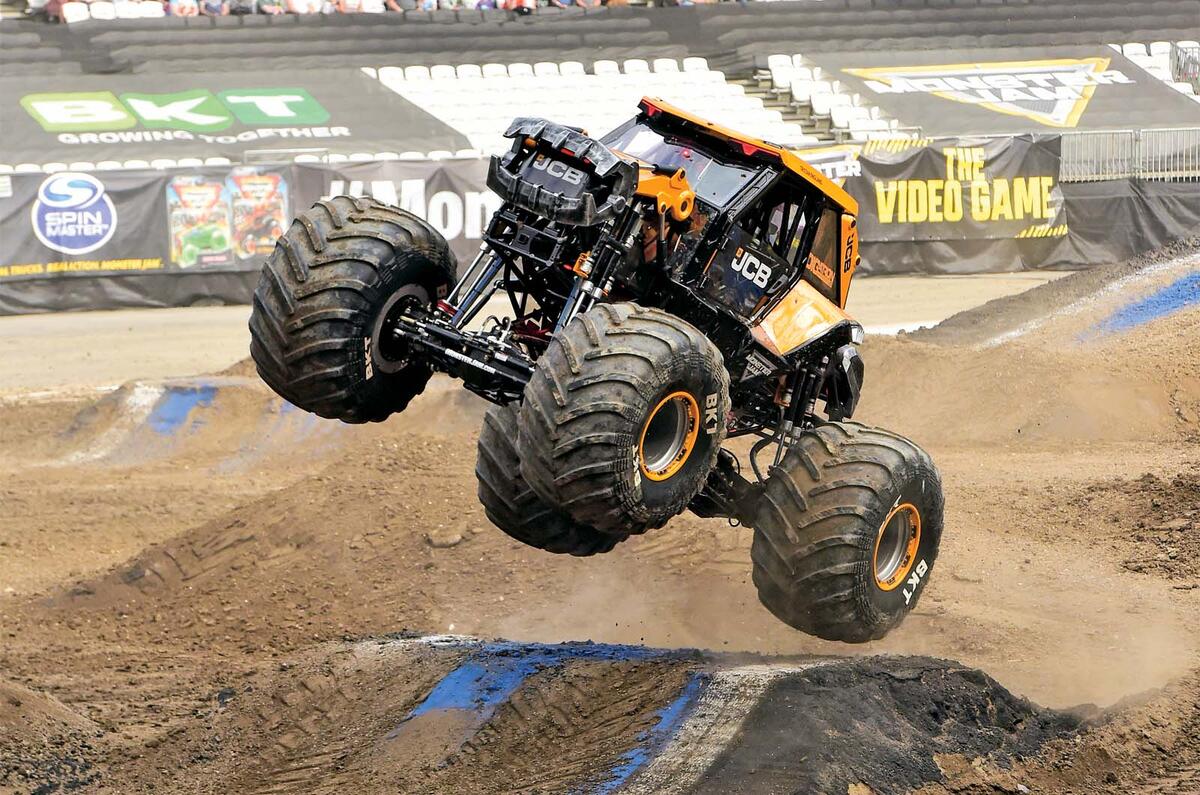
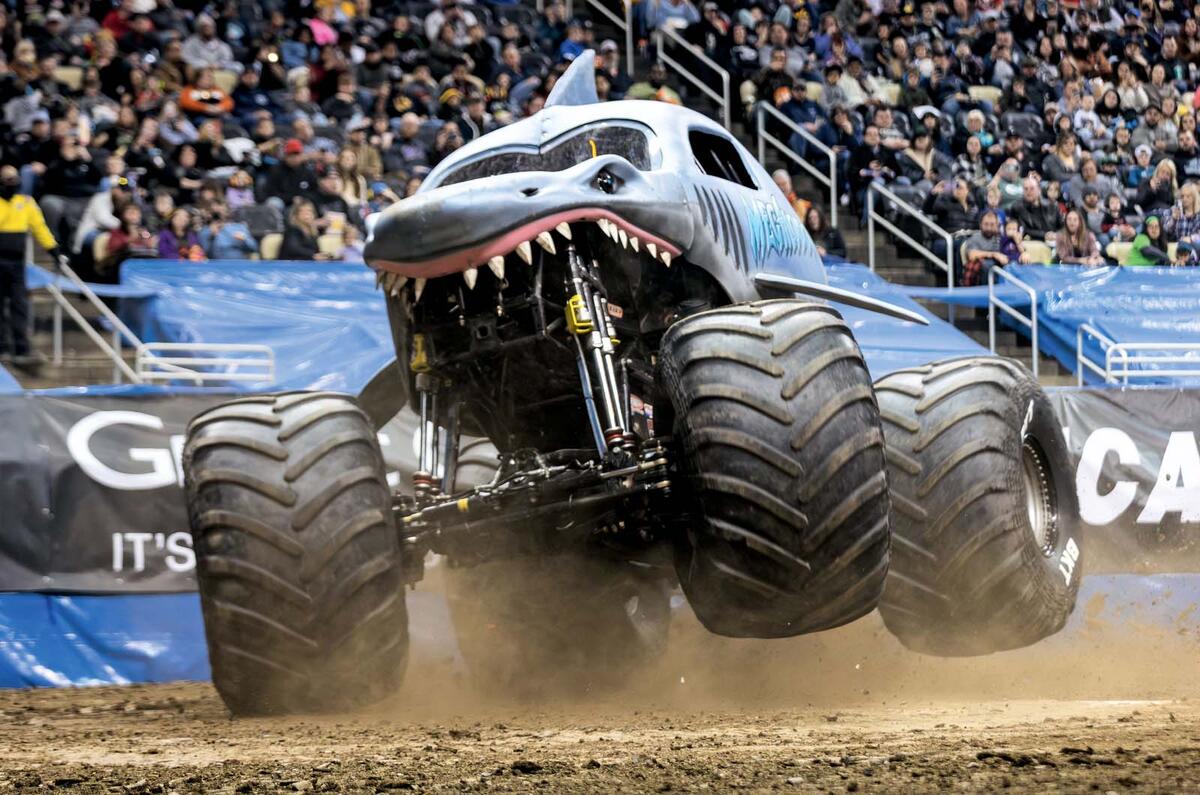
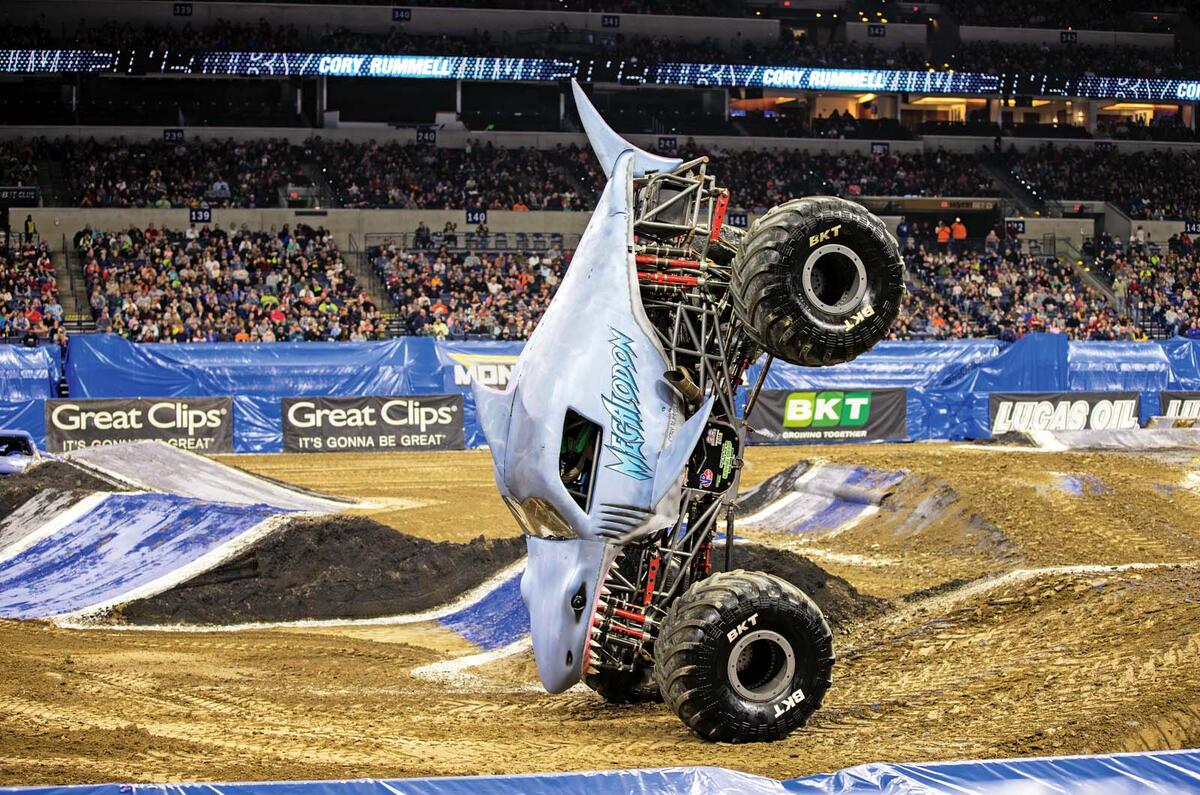
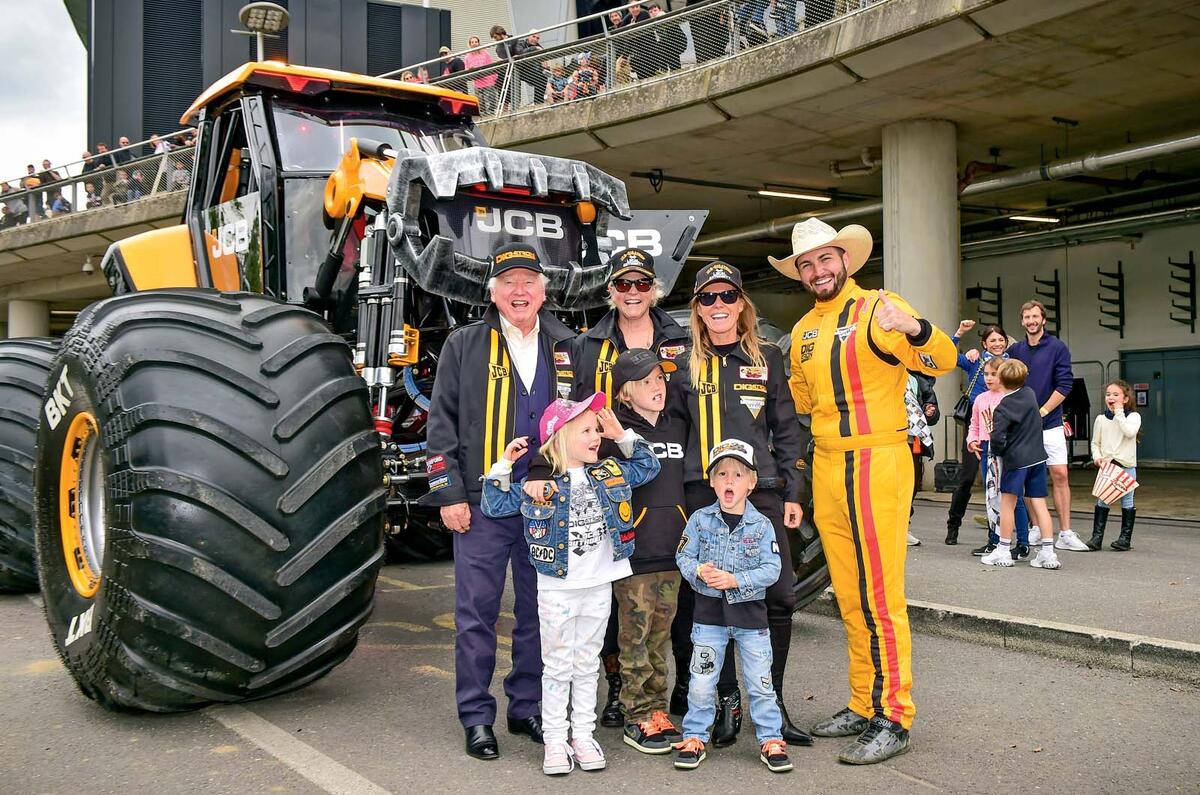
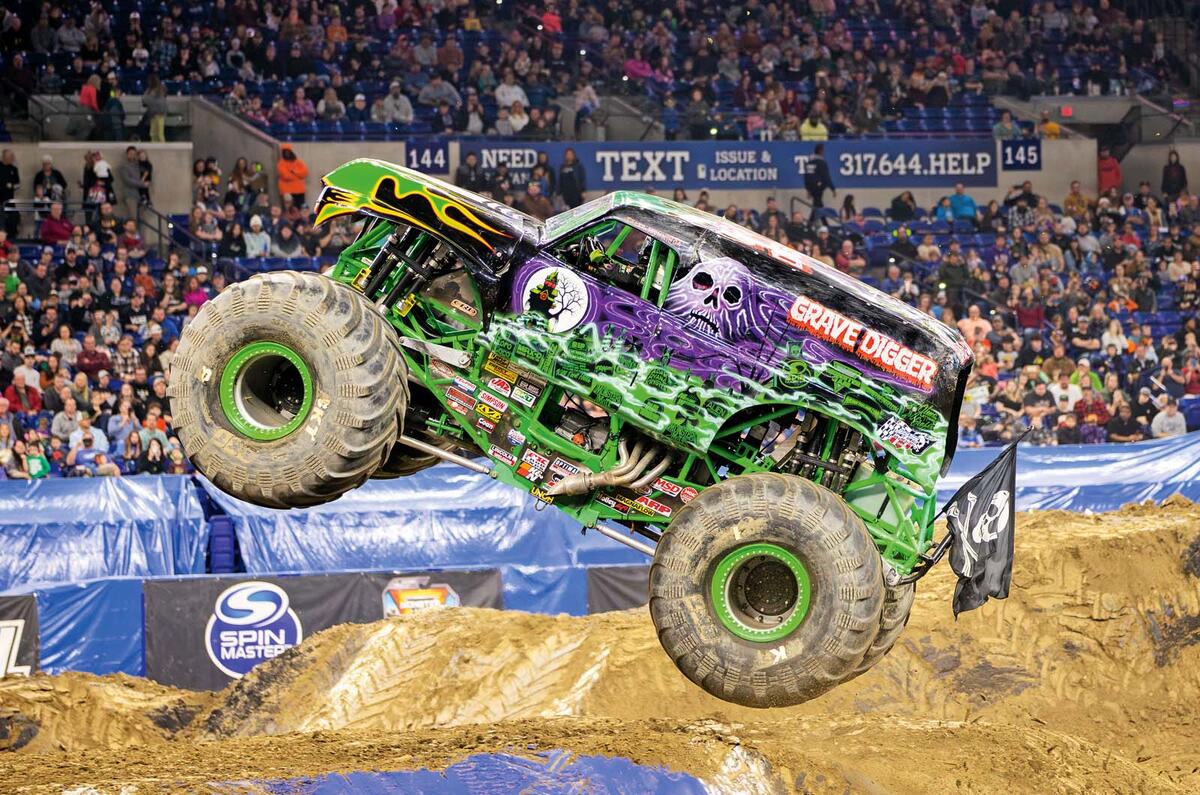
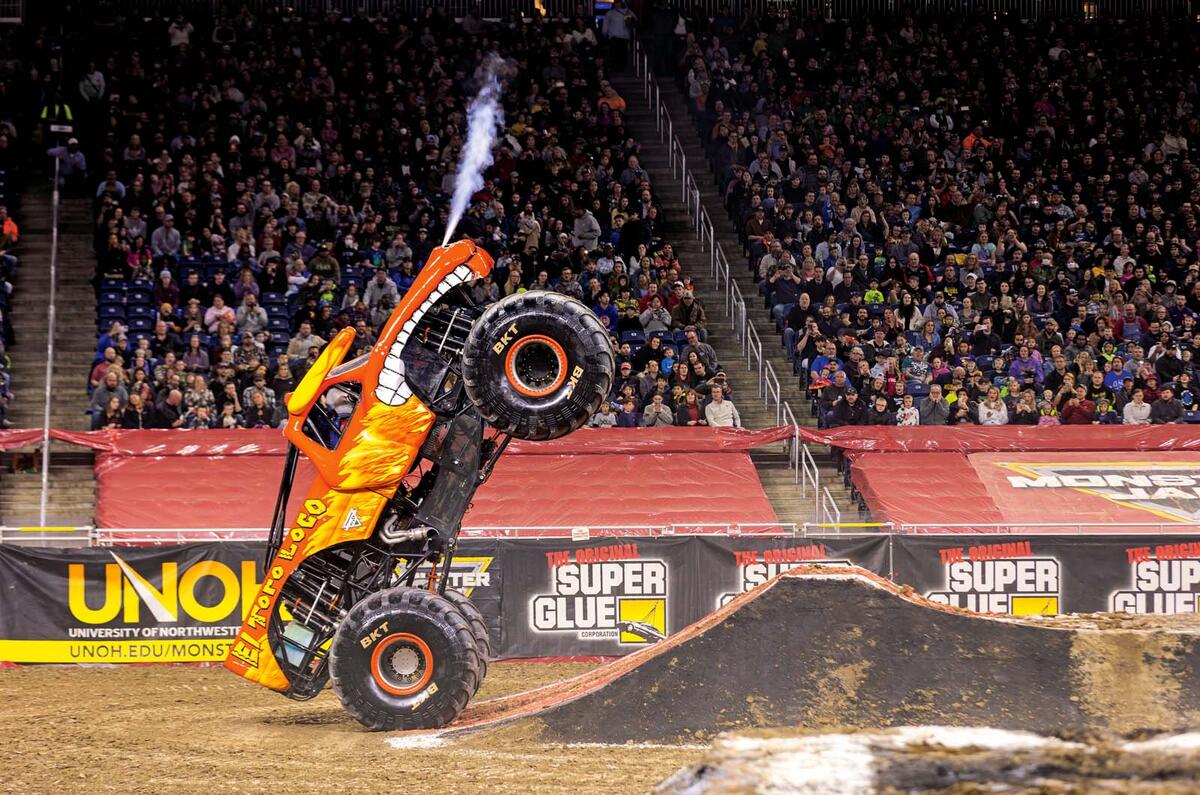
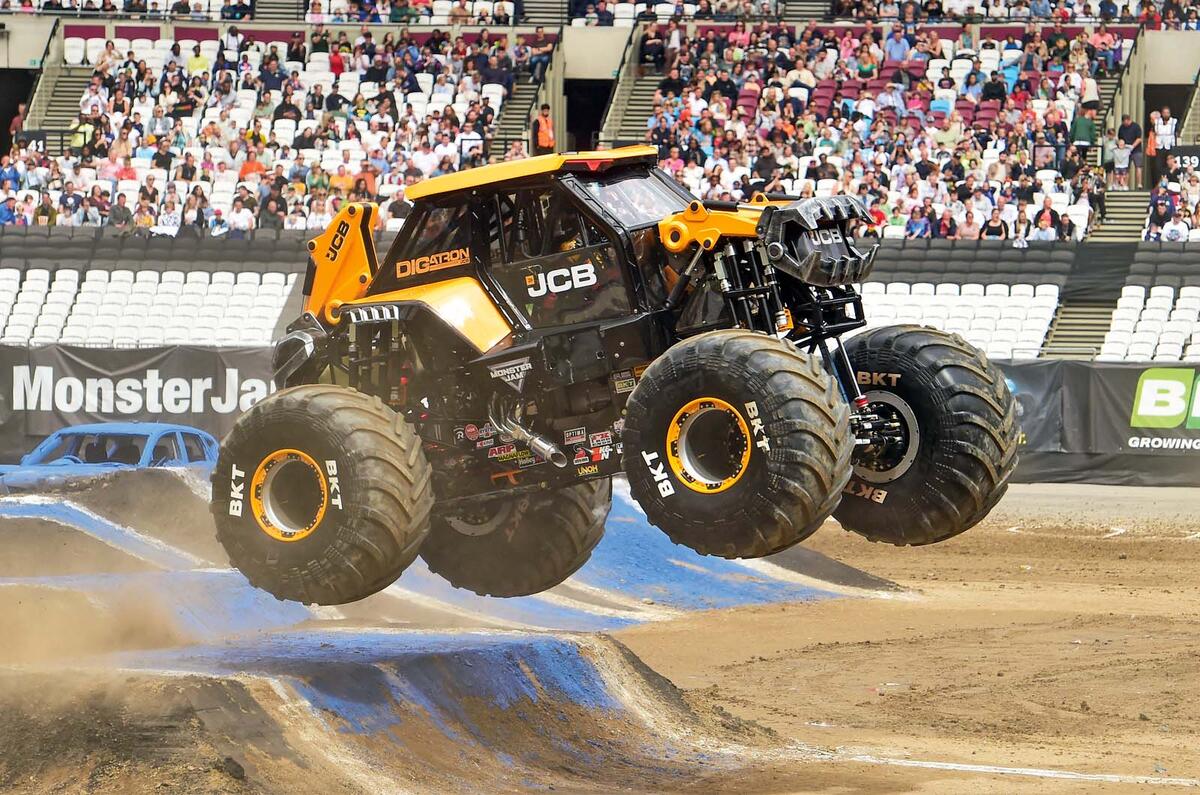
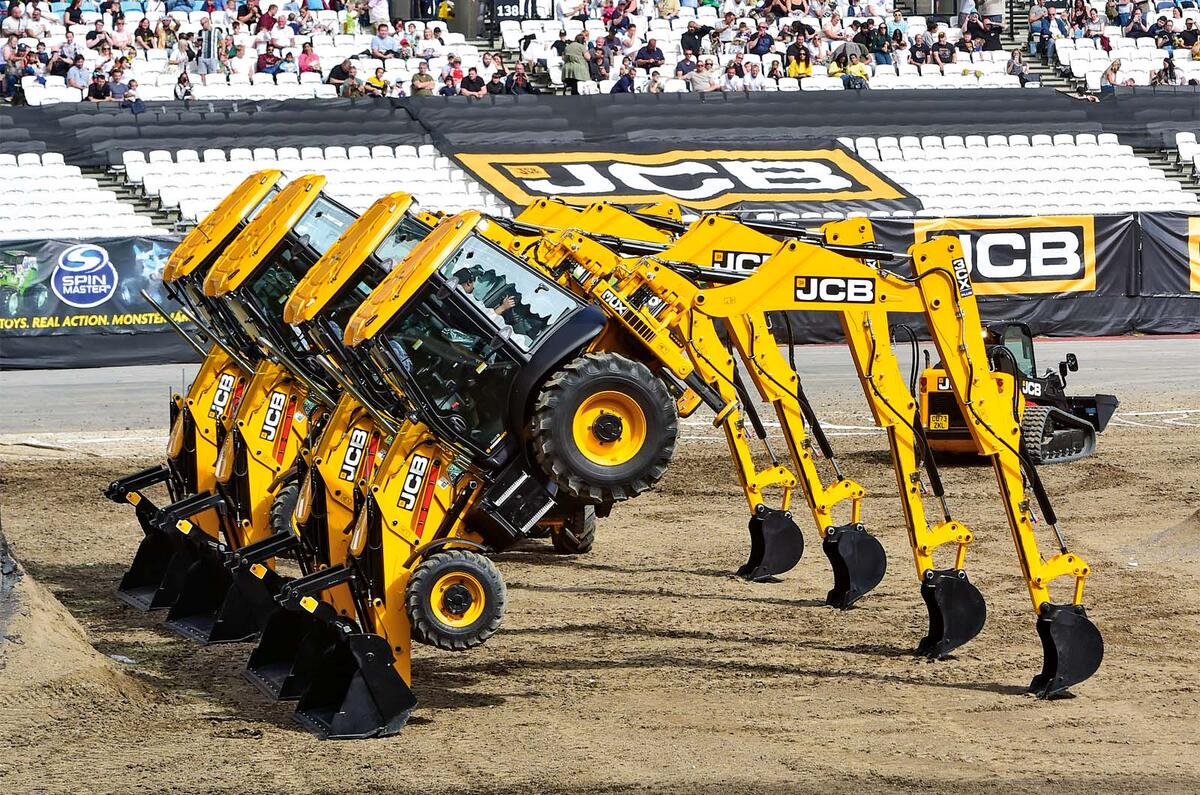
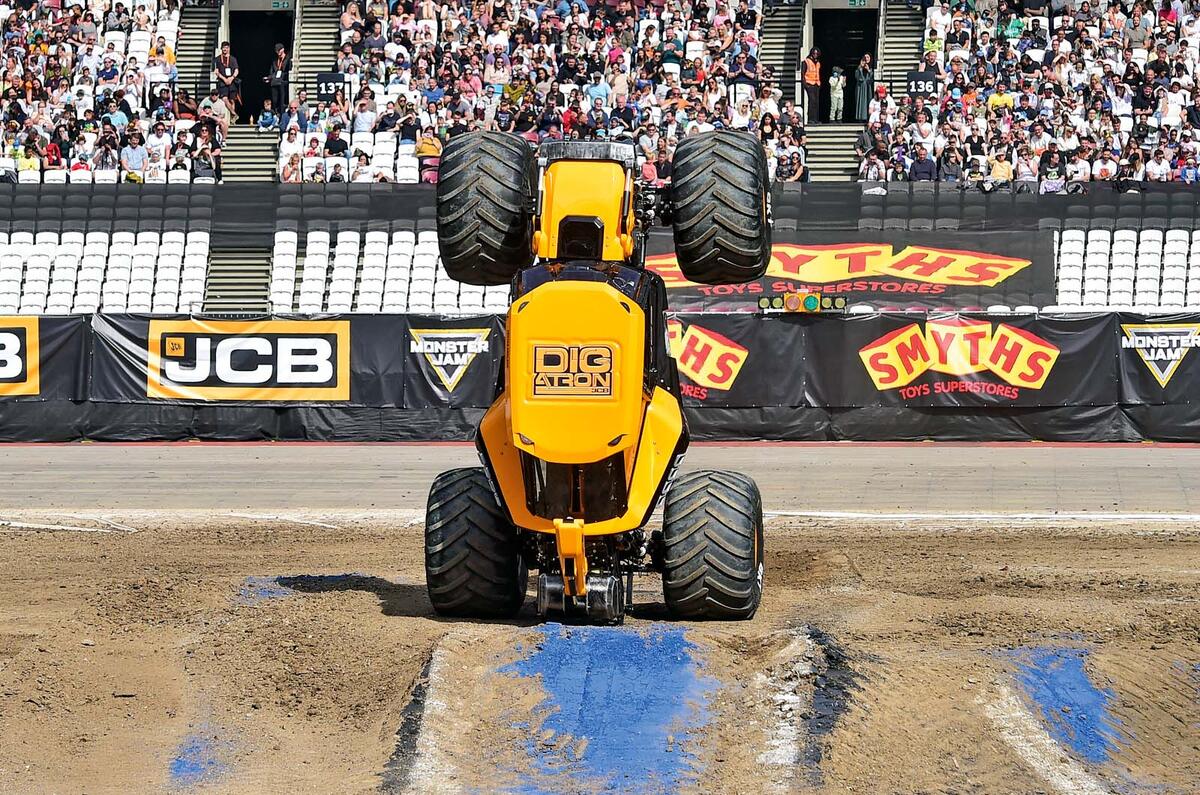
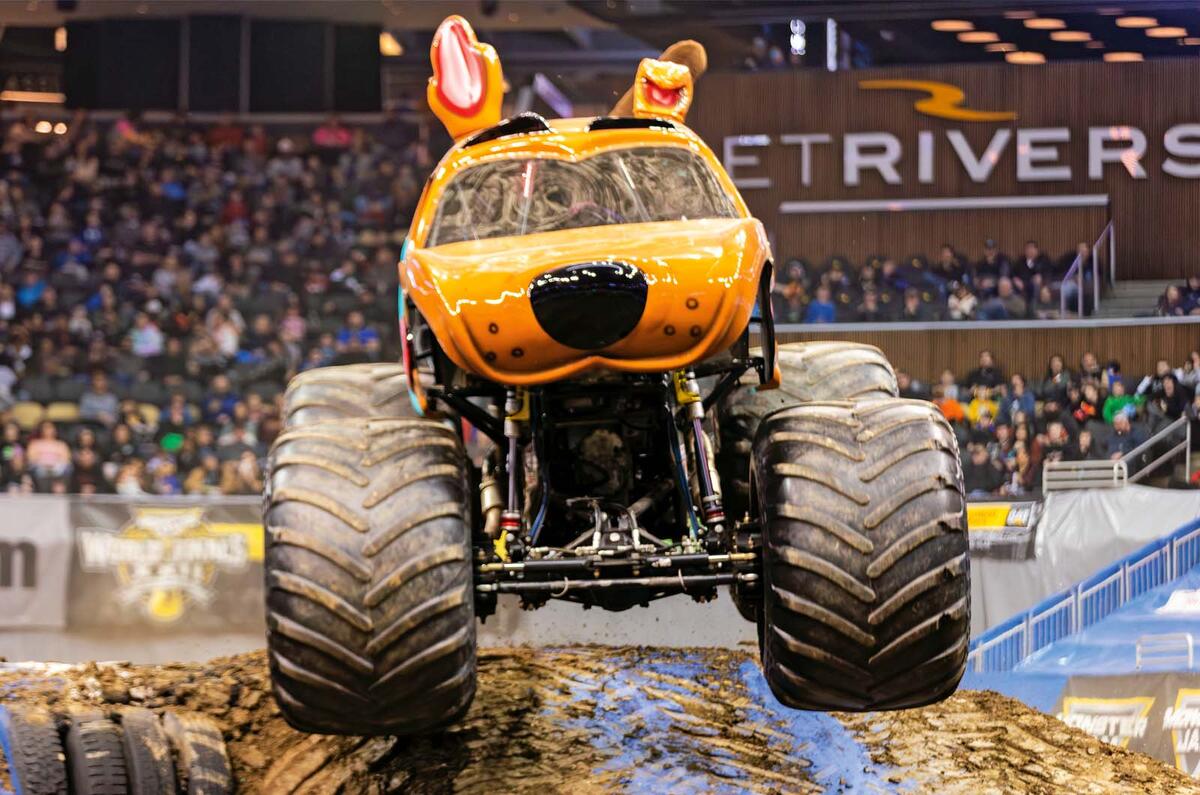
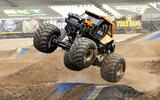
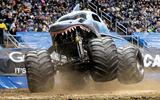
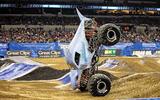
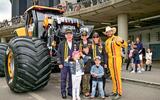
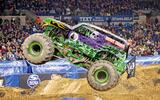
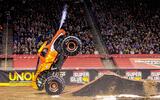
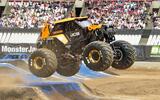
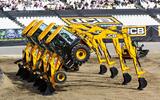
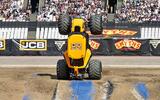
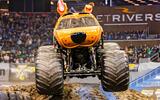






Join the debate
Add your comment